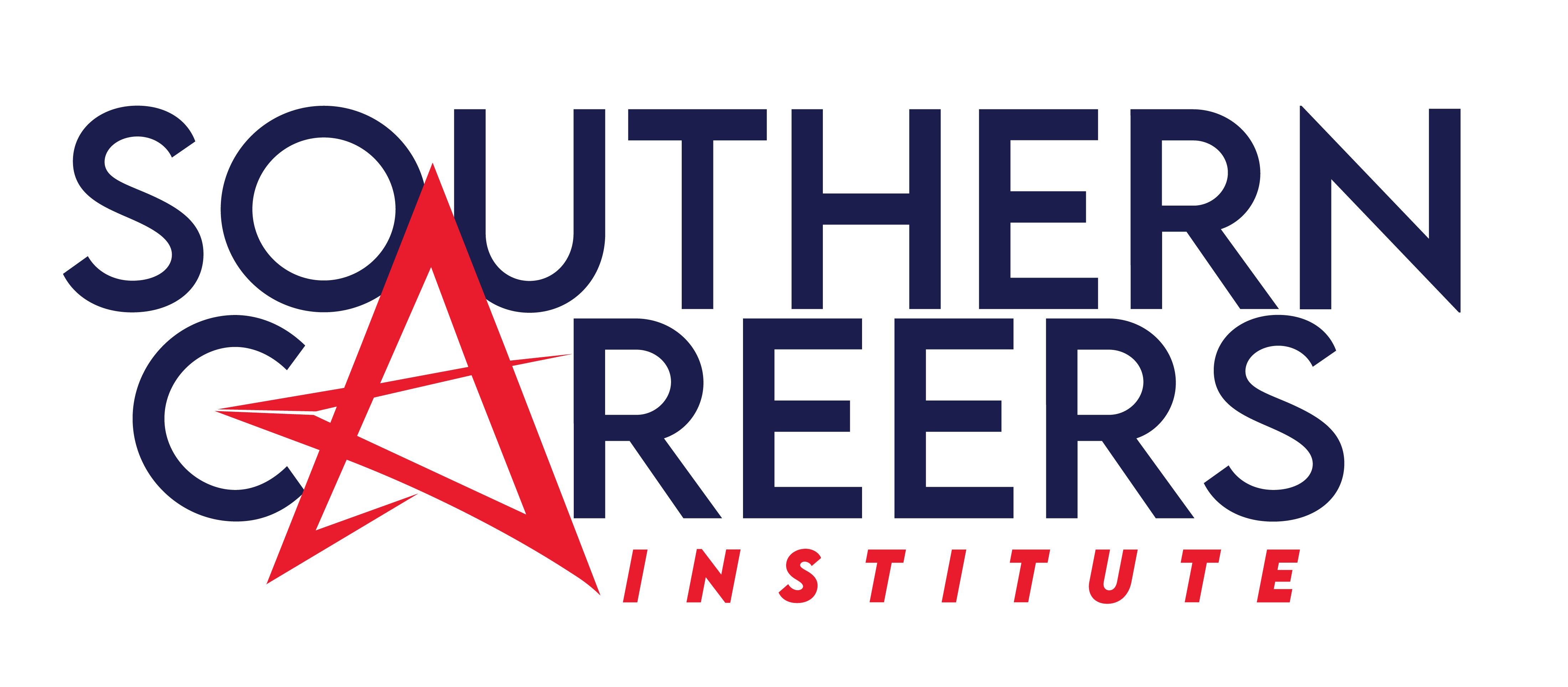On March 13, 2020, President Donald J. Trump declared a United States national emergency in direct response to the current coronavirus pandemic. With this declaration, came the CARES Act.
Higher Education Emergency Relief Fund
To address income, health, and economic security in response to this national emergency, the CARES Act was enacted on March 27, 2020. Several higher education provisions are included in this law.
As part of the CARES Act, a $30.750 billion Education Stabilization Fund was established.
This fund includes a Governor’s Emergency Relief Fund, an Elementary and Secondary School Emergency Relief Fund, and a Higher Education Emergency Relief Fund.
The Higher Education Emergency Relief Fund (HEERF) provides for the distribution of approximately $14.25 billion to institutions of higher education (IHEs) to address needs directly related to COVID-19.
This includes transitioning courses to distance education and grant aid to students to cover their educational costs. These costs include things like housing, food, health care, child care, and course materials.
The U.S. Department of Education awards these grants based on a formula stipulated in the legislation.
What Does The CARES Act Stand For?
CARES is an acronym for Coronavirus Aid, Relief, and Economic Security Act.
This over $2 trillion economic relief package delivers fast and direct economic assistance to American families, students, workers, and small businesses. It also preserves jobs for American industries.
The act temporarily modifies the requirements of existing student aid programs.
These include programs authorized under Title IV of the Higher Education Act (HEA) to provide post-secondary education student relief.
How Does Funding Affect Education
CARES Act funding provides aid to IHEs to help maintain operations and to continue supporting students.
In addition to the Higher Education Emergency Relief Fund, the following provisions have also been made:
Safe Schools and Citizenship Education
This program is authorized under the Elementary and Secondary Education Act (ESEA) to provide funds to IHEs.
The CARES Act authorizes $100 million in funding to the ESEA to prevent, prepare for, and respond to coronavirus.
This includes disinfecting affected schools and assisting in counseling and distance learning for students.
Historically Black Colleges and Universities (HBCU) Capital Financing Program Modifications
Authorized under the Higher Education Act, this program assists HBCUs in obtaining low-cost capital financing for construction projects and campus maintenance.
It also grants a deferment to an institution that has a loan under the program during a qualifying emergency.
During the deferment period, the Secretary of Education pays the required principal and interest due. And when the deferment ends, the IHE must repay the payments made on its behalf.
Direct Appropriations for Certain Institutes of Higher Education
For colleges that receive annual direct appropriations for ongoing support, the CARES Act provides funding to prevent, prepare for, and respond to coronavirus.
It also enables grants to students for expenses directly related to coronavirus and the disruption of university operations.
Waiver Authority for Minority Serving Institutions
To equalize educational opportunity, the Higher Education Act authorizes Title III-A, Title III-B, Title V, and Title VII-A-4 programs, collectively referred to as Minority-Serving Institutions (MSI) programs.
Under the CARES Act, the Secretary of Education is able to waive several of the eligibility and reporting requirements that are applicable to IHEs that participate in the MSI programs.
Modifications for Certain Higher Education Act Grant Programs
Upon request by an affected institutional grantee, the CARES Act authorizes the Secretary of Education to modify the required and allowable uses of funds under the MSI program, TRIO program (for disadvantaged students) and Gaining Early Awareness and Readiness for Undergraduate Programs (GEAR UP).
And at the request of the grant recipient, further authorization is given to the Secretary to modify the financial matching requirement of the MSI programs and any HEA competitive grant program as a result of a qualifying emergency.
How The CARES Act Benefits Higher Education Students
CARES Act programs that provide post-secondary education student relief include the following:
Modifications to Campus-Based Financial Aid Programs
The HEA authorized student financial aid programs including the Federal Supplemental Educational Opportunity Grant (FSEOG) program and the Federal Work-Study (FWS).
- Use of FSEOG for Emergency Aid. Emergency grants to undergraduate and graduate students to help with unexpected expenses and unmet financial need as a result of a qualifying emergency is granted by the CARES Act.
- FWS During a Qualified Emergency. The CARES Act allows IHEs to continue payments to students who participated in FWS but were unable to fulfill their work-study duties because of a qualifying emergency.
- Waivers of Campus-Based Aid Matching Requirements. The waiver of the matching funds requirement under the FSEOG and FWS programs for award years 2019-2020 and 2020-2021.
Federal Student Loan Modifications
Federally funded student loans are currently available under the Direct Loan and Perkins Loan programs.
- Adjustment of Subsidized Loan Usage Limits. This excludes any semester that a student does not complete due to a qualifying emergency from the time limit placed on the period that the student may borrow a Direct Subsidized Loan.
- Temporary Relief for Student Loan Borrowers. The CARES Act suspends all payments due on student loans and counts suspended payments toward loan forgiveness programs and loan rehabilitation, halts interest accrual, and suspends involuntary collections on defaulted loans through September 30, 2020.
- Institutional Refunds and Student Loan Flexibility. The waiver of the requirement that IHEs and students return grants and student loans if the student withdraws from an institution because of a qualifying emergency.
- Modifications to Teacher Loan Forgiveness Requirements. The waiver of requirements that teaching service in low-income schools, as required for loan eligibility, be completed in consecutive years, if temporarily interrupted by a qualifying emergency.
Exclusion from Federal Pell Grant Duration Limit
Any semester that a student does not complete due to a qualifying emergency is excluded from the 12 full-time semesters limit that a student may receive Pell Grant awards.
Modification to Satisfactory Academic Progress
To be eligible for federal student aid, a student must make satisfactory academic progress as measured by quantitative and qualitative standards.
Furthermore, the CARES Act excludes any attempted credits that a student did not complete due to a qualifying emergency from the quantitative component.
Southern Careers Institute CARES
To get the promotion and raise that you want, consider advancing your education at Southern Careers Institute.
The federal government approved SCI to receive funding from the CARES Act. And we are already in the process of distributing those funds.
We can also help you learn what financial aid you may qualify for and assist you with applying.
We offer training programs in business, medical, technology, beauty, and trade. Contact us today at 1.833.SCI.TEXAS to find out how you can benefit from higher education funding in Texas.
Sources
- https://crsreports.congress.gov/product/pdf/IF/IF11497
- https://home.treasury.gov/policy-issues/cares
- https://www2.ed.gov/programs/heerf/index.html
- https://www2.ed.gov/about/offices/list/ope/trio/index.html
- https://www2.ed.gov/programs/gearup/index.html
Blog Disclaimer: Information stated in this blog is for general information purposes only. SCItexas.edu does not assume or guarantee income earning potential or salary expectations based on the programs offered at Southern Careers Institute. Career and program information in this blog does not guarantee that programs and specifics are offered at Southern Careers Institute.











